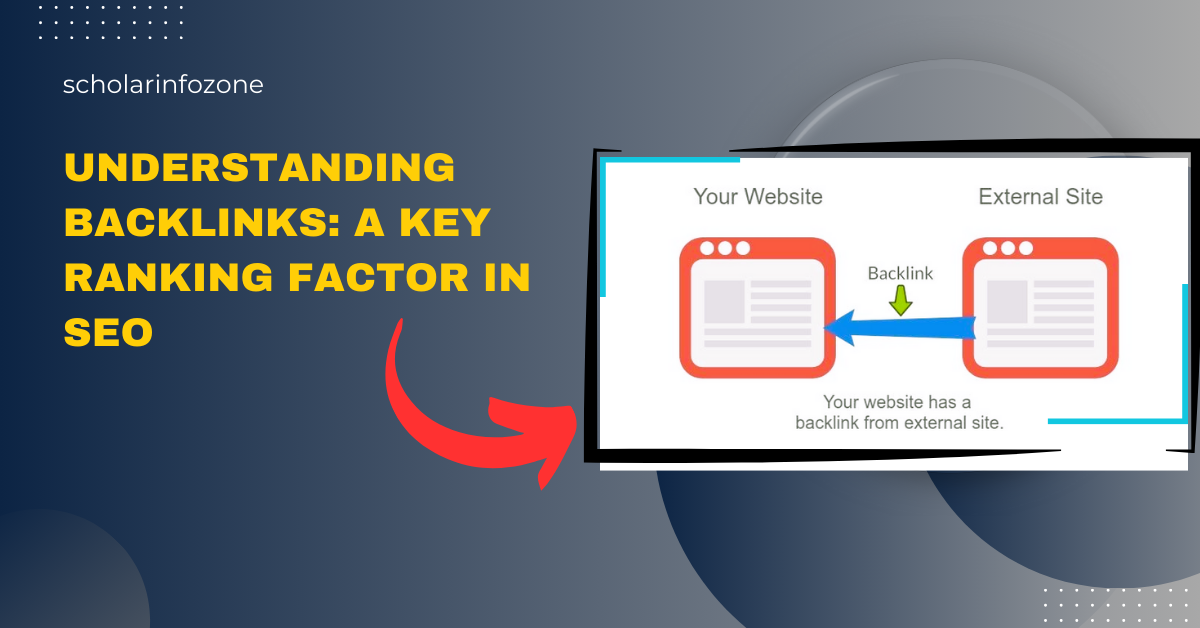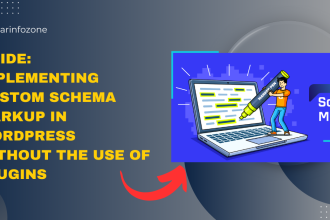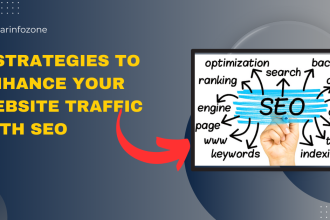If you’re involved in blogging or digital marketing, you’ve likely encountered the term “backlink.” But what exactly is a backlink, and how does it impact SEO? Are backlinks a crucial ranking factor?
A backlink is a connection from one website to another, often referred to as an “inbound link” or “incoming link.” When someone refers to one of your blog posts in their own content, you gain a backlink from their site. These links can come in different forms, such as do-follow, no-follow, and more.
The Significance of Backlinks
Backlinks play a vital role in establishing a website’s authority and are a significant ranking signal for search engines, notably Google. When multiple websites link to a specific page, Google interprets it as a valuable resource to feature in search engine results pages (SERPs). In SEO terms, backlinks serve as an endorsement or a “vote of confidence” from one site to another.
To comprehend the various types of backlinks and their relevance to SEO, let’s explore in detail.
Categories of Backlinks
Backlinks are primarily classified into two categories: dofollow and nofollow.
A dofollow link transfers the authority of one website to the linked site, while a nofollow link does not pass any ranking value or link juice to the receiving site. It’s evident that dofollow links hold significant importance for SEO.
Additionally, there are other types of backlinks, such as sponsored links, which are essentially nofollow backlinks. They indicate to search engines, especially Google, that the link is “sponsored” or associated with paid content, such as affiliate links.
By understanding the nuances of backlinks and their impact on SEO, you can make informed decisions to enhance your website’s visibility and credibility.
Various other types of backlinks include
-
Backlinks earned through editorials
-
Backlinks obtained from guest blog posts
-
Acknowledgment-based backlinks
-
Backlinks sourced from niche or local directories
-
Links integrated into social media posts
-
Links showcased in business profiles
-
Links placed within bios
-
Backlinks embedded in press releases
-
Links within comments (User-Generated Content)
-
Image-based backlinks
The most crucial kind of backlink is the do-follow editorial backlink, acquired organically and inserted within the main content of a blog post. The higher the placement of the link, the stronger the signaling for ranking passed to the linked site.
When constructing backlinks, strive to secure placements at the top of webpages and within the content itself. Links in the sidebar, footer, and author bio are less impactful compared to editorial backlinks.
Another approach is to create backlinks through guest posting. By crafting content and contacting other site owners to publish it, you can request them to link to one of your existing pages. This method allows you to acquire high-quality do-follow editorial links for your website.
Links found in the comment section are typically no-follow UGC links that do not transfer authority to the respective website. Hence, avoiding investment in such link-building endeavors is advisable.
It is also beneficial to include top-notch custom-made images, such as infographics and charts, to garner an image backlink naturally. Using such images can lead to acquiring image backlinks when they are utilized on external blogs, either as a source link or by directly employing your image’s URL.
Lastly, refrain from dedicating significant effort to building directory links, as this strategy is no longer relevant in 2024 and does not yield effective results.
Internal links, also known as internal backlinks, refer to links that connect pages within the same website. Internal backlinks contribute to the On-page SEO of your website, while external backlinks play a role in off-page SEO.
Links to Avoid
Certain types of backlinks can harm a website’s credibility and rankings instead of enhancing them. Therefore, it is advisable to steer clear of the following link-building practices:
-
Paid links
-
Sponsored guest posts
-
Links in low-quality directories or forums
-
Links on irrelevant websites
-
Spam comments containing links
Understanding Link Building and its Significance
Link building involves obtaining backlinks, or hyperlinks, from external websites to your own website. These links can be acquired organically or through manual efforts.
For instance, if your website ranks in the top 10 on Google for a specific keyword, other content creators may choose to reference your link. In such cases, these backlinks are earned naturally without any intervention. However, new websites typically require active link-building strategies, such as email outreach or guest posting.
Creating informative content like statistics, infographics, and charts can attract natural backlinks. By establishing relationships with website owners and bloggers in your industry, you can secure valuable backlinks from relevant sites.
Through link building, you can discover similar websites in your niche, analyze your competitors’ content, and improve your search ranking. Accumulating backlinks will not only enhance your website’s visibility but also drive increased traffic and ad revenue.
Conclusion
I trust that this article has provided clarity on the concept of backlinks, its role in SEO, and strategies for link building for your website.
Remember, building backlinks is a continuous effort that requires time to accumulate a substantial number. Avoid resorting to purchasing or spamming links on external sites.
Cultivating relationships with fellow bloggers within your niche and utilizing guest blogging are key tactics in effective link building.








